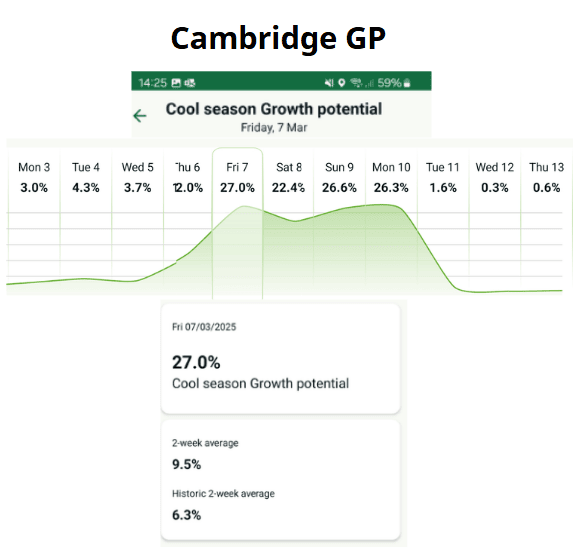With the arrival of spring, golfers’ expectations often outpace the reality of turf conditions.
As Glenn points out in the latest On The Horizon, “The typical golfer sits in their heated office all day.
When they step outside, they don’t grasp the impact of those cold mornings on growth.”
Here’s how turf managers can navigate this challenging period:
Understanding the “Stop-Start” Nature of Spring
Spring is characterised by intermittent growth opportunities, with temperatures and light levels fluctuating.
This can make it difficult to present consistent putting surfaces.
Communicating the challenges of this period to golfers is essential in managing their expectations.

Data-Driven Communication
Using tools like Turf Advisor to understand growth potential and opportunities can help explain the situation to golfers.
By providing data-driven insights, turf managers can set realistic expectations and garner support from members.
I’ve put the below together from 3 screen shots I took on my phone.
It highlights a little wave of GP which you could have taken advantage of to grow out any disease scaring.
But also highlights the issue, visiting a course between Friday & Monday that week and any golfer would be left feeling spring had arrived, and the course should be looking like Augusta!
But days before and after growth was off a cliff!

Practical Tips:
- Focus on overall course presentation when growth is limited.
- Communicate challenges like winter damage recovery and slow germination to golfers.
- Use data tools to illustrate limitations and manage expectations.
By managing expectations early and effectively communicating with golfers, turf managers can reduce pressure and complaints during the spring transition.
For more tips on effective member communication, check out the full discussion in this month’s “On The Horizon” podcast.




